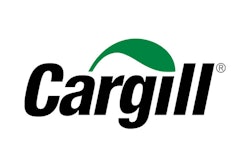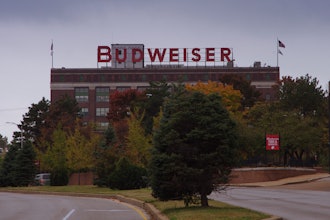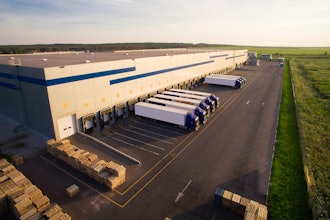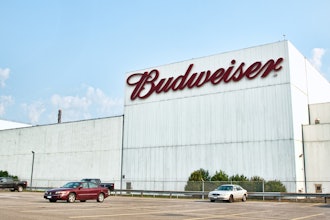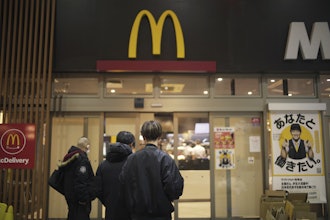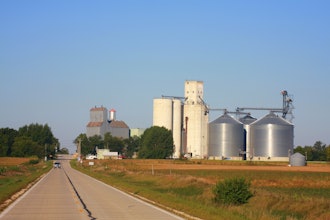If you’re considering sites for a new facility, you may come across listings for speculative (“spec”) buildings. Developers often construct these basic, pre-engineered buildings in anticipation of a future tenant, and they can be attractive for owners looking for a new space.
What’s the catch? Spec buildings may seem like a convenient and cost-effective option, but not all tenant needs are the same, especially when it comes to food and beverage manufacturing. In fact, investing in a new spec building may end up costing you more in the long run than if you were to just construct a custom facility from scratch.
5 Reasons Spec Buildings Can’t Inherently Accommodate Food & Beverage Processing
Developers invest in spec buildings in hopes of attracting a tenant quickly so they can start collecting an immediate return on investment. Since the developer isn’t certain who will fill the space (or when), the building is constructed as “cost-effectively” as possible — meaning the structure and infrastructure are likely built to a minimum. While this may meet the needs for certain warehouses or office spaces, it can create headaches for specialized industries.
Owners typically encounter issues in five major areas when trying to adapt a spec building for food and beverage manufacturing:
1. Concrete slabs — The flooring in a spec building is designed to the absolute minimum requirement. These existing concrete slabs typically must be replaced with a thicker slab to support heavy racking loads or heavy process equipment loads.
2. Utilities — Food and beverage plants require a lot of water, gas and electricity to operate. Depending on the development, it’s likely that a spec building doesn’t have adequate water service in place to support a fully functional processing plant. The size of sanitary sewer lines and natural gas lines often need to be increased, and additional electrical service may need to be brought to the spec building as well.
3. Infrastructure — Food and beverage plants or cold storage facilities typically have large (and heavy) refrigeration/HVAC units on the roof compared to the average building. Spec building frames simply aren’t built to support these units or other piping and process equipment necessary in a facility.
4. Space — The structural column spacing of a spec building will determine the layout of the entire facility and confines the design to that footprint. Rather than designing a building around the process equipment as you would with a greenfield project, in a spec building you are designing the process layout around the building — meaning you may not achieve the most optimal layout as a result.
5. Insulation — In many areas, spec buildings are permitted as semi-heated buildings, which reduces energy code requirements for roof and wall insulation. The tenant of the lease space is then required to comply with the energy code for an occupied space as part of the build-out permit, which means wall insulation may need to be added to meet code.
So while a spec building may seem appealing because it’s a relatively inexpensive space that you can move into right away, we typically advise against it for food and beverage manufacturers.
You Already Have a Spec Building … Now What?
All this being said, spec buildings can offer some benefits. Some owners prefer to lease rather than own a building, so a spec building can reduce their capital expenditure. Also, they typically allow owners to move in quickly if time is an immediate priority.
We often have clients ask, “I have a spec building. Can we make it work?” The short answer: probably. In my experience, I’ve found that owners typically have two options here:
- Spend a lot of money for structural reinforcement design/installation
- Build a structure within the structure
Reinforcing the building frame to support heavy HVAC units, utility piping and process equipment is doable but can get expensive. Plus, I have seen cases where structural reinforcement isn’t enough to provide adequate load capacity, so don’t rely on structural reinforcement to be an infallible workaround.
The other option is to essentially build a new structure inside the spec building. The new “internal” structure would be designed to provide adequate structural load capacity for the owner’s needs, and the spec building would simply serve as a shell. The downside? The owner is now confined to build within the spec building’s outer walls, limiting space even more.
Building Beyond the Basics
The cost of retrofitting a spec building to make it suitable for food or beverage manufacturing can add up. When you combine those costs with the initial investment into the spec building itself, you may end up paying more than if you had just built a new facility from the ground up on day one.
Sure, starting from scratch may take longer, but it allows you to design a facility tailored for your current needs and built to easily accommodate future needs as your company grows. Food and beverage manufacturing is a specialized industry with unique needs — it can’t be forced into a cookie-cutter building.
About Stellar
Stellar is a fully integrated firm focused on planning, design, pre-construction, construction, refrigeration, mechanical & utility, building envelope, and total operations & maintenance services worldwide. Visit the company's blog at www.stellarfoodforthought.net or learn about its projects at stellar.net.






